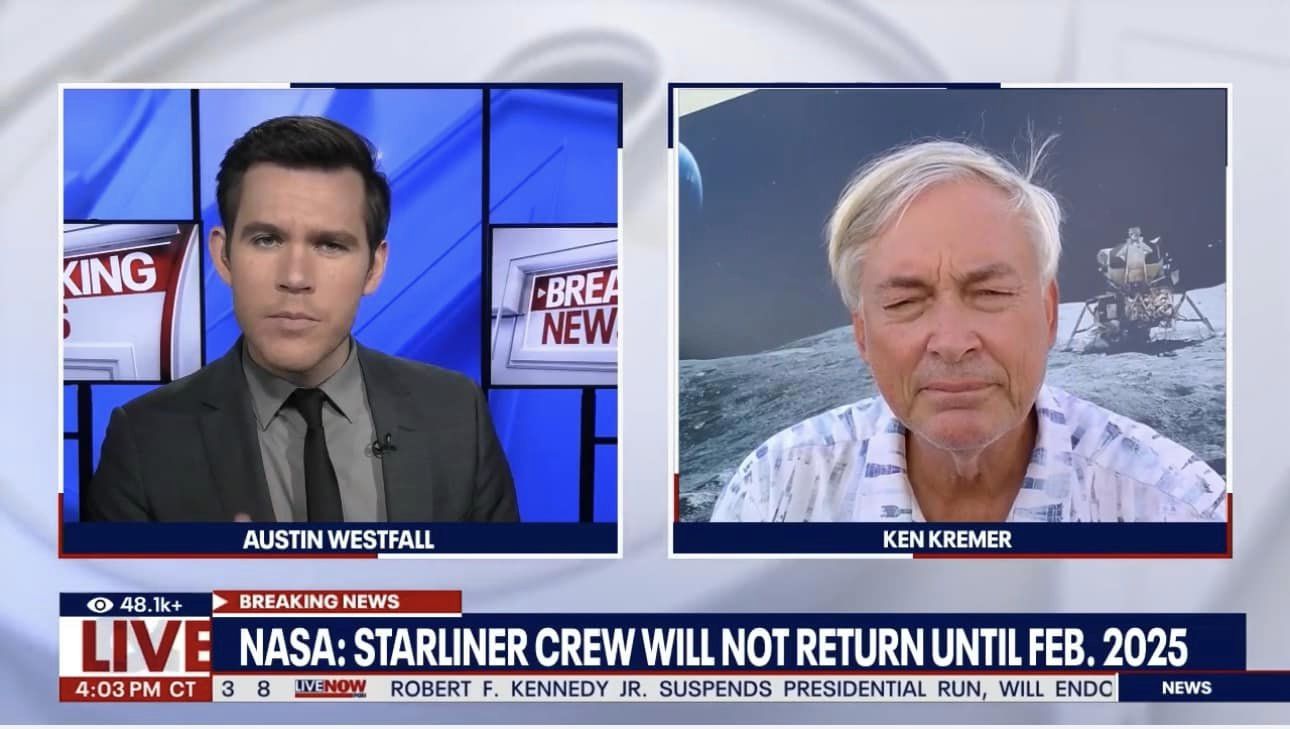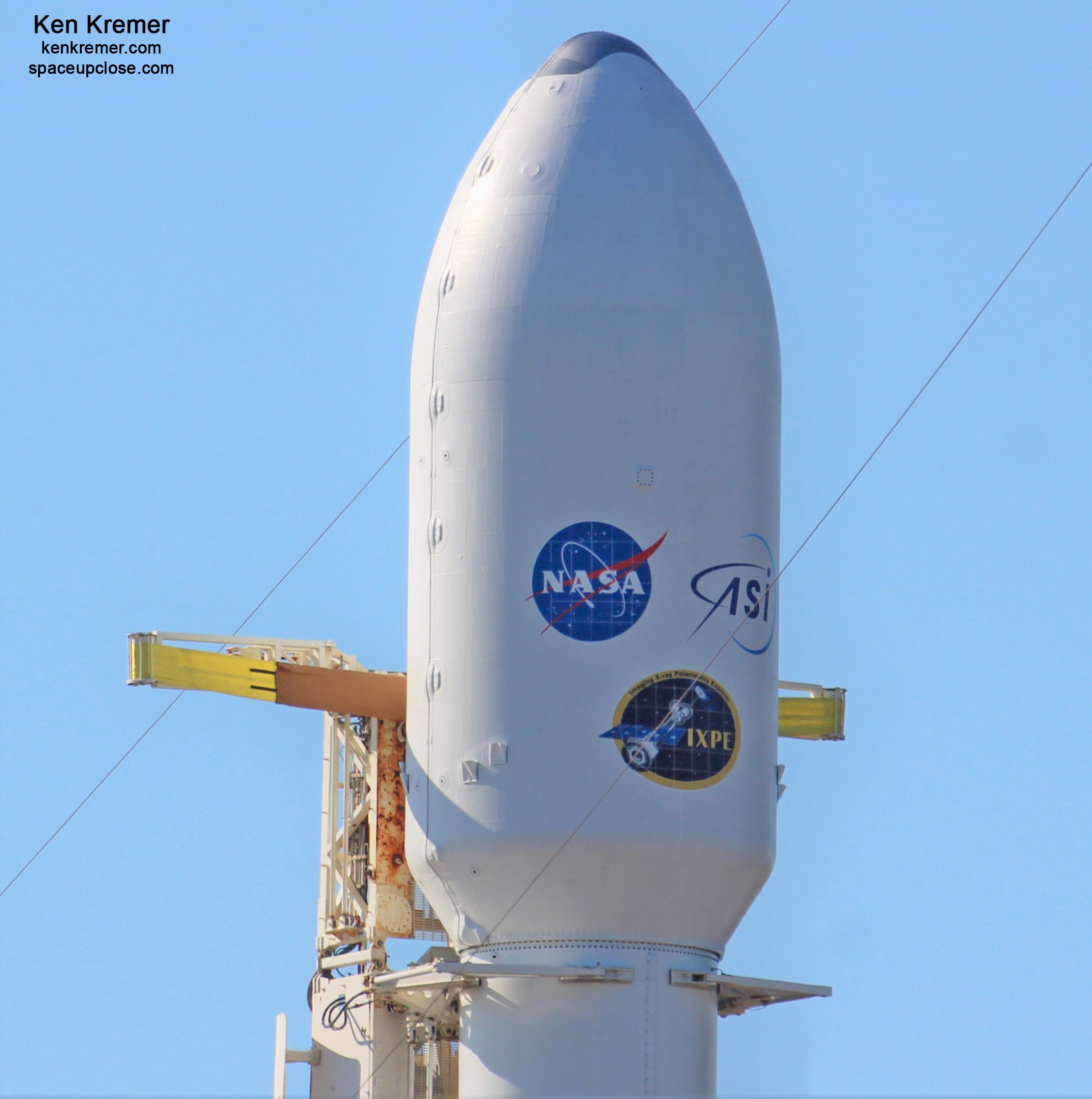
For SpaceUpClose.com & RocketSTEM
KENNEDY SPACE CENTER, FL – NASA’s newest X-Ray astronomy mission, the Imaging X-Ray Polarimetry Explorer (IXPE) space telescope is set to launch overnight just past midnight Thursday, Dec. 9 on a used SpaceX Falcon 9 rocket from the Kennedy Space Center on Florida’s Space Coast
And the weather outlook is quite excellent with relatively warm outside temperatures.
So, try and watch in person if you can for a sure to be spectacular eyewitness view of the middle-of-the-night blastoff! For space and science fans and night owls
IXPE is scheduled to lift off aboard a now 5x flown SpaceX Falcon 9 rocket from Launch Complex 39A on Thursday, Dec. 9, at 1 a.m. EST (0600 GMT) from NASA’s Kennedy Space Center in Florida.
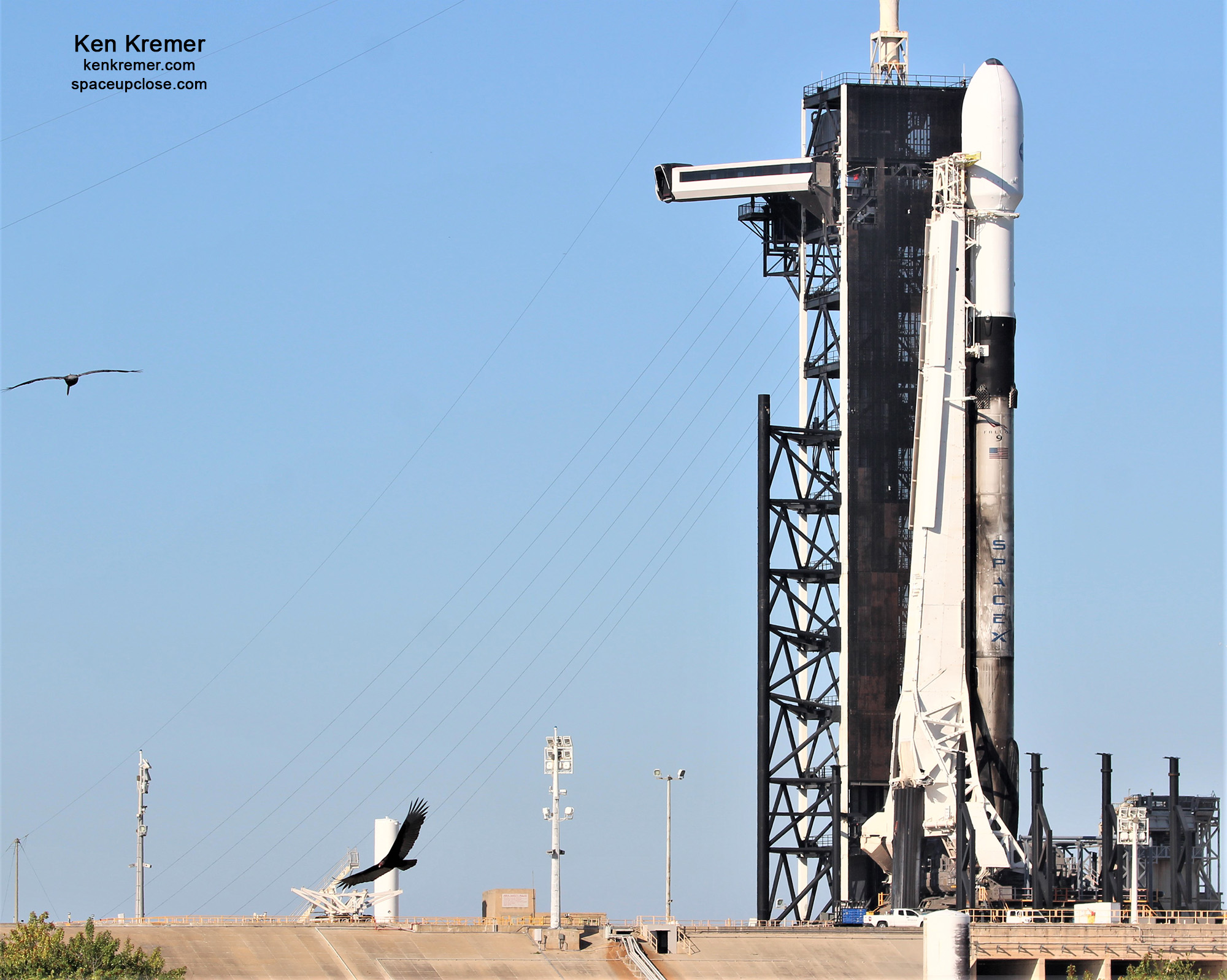
The 90-minute IXPE launch window runs until 2:30 a.m. EST (0730 GMT) .
A back up launch opportunity is available on Friday, Dec. 10 in case of any delay for technical or weather reasons.
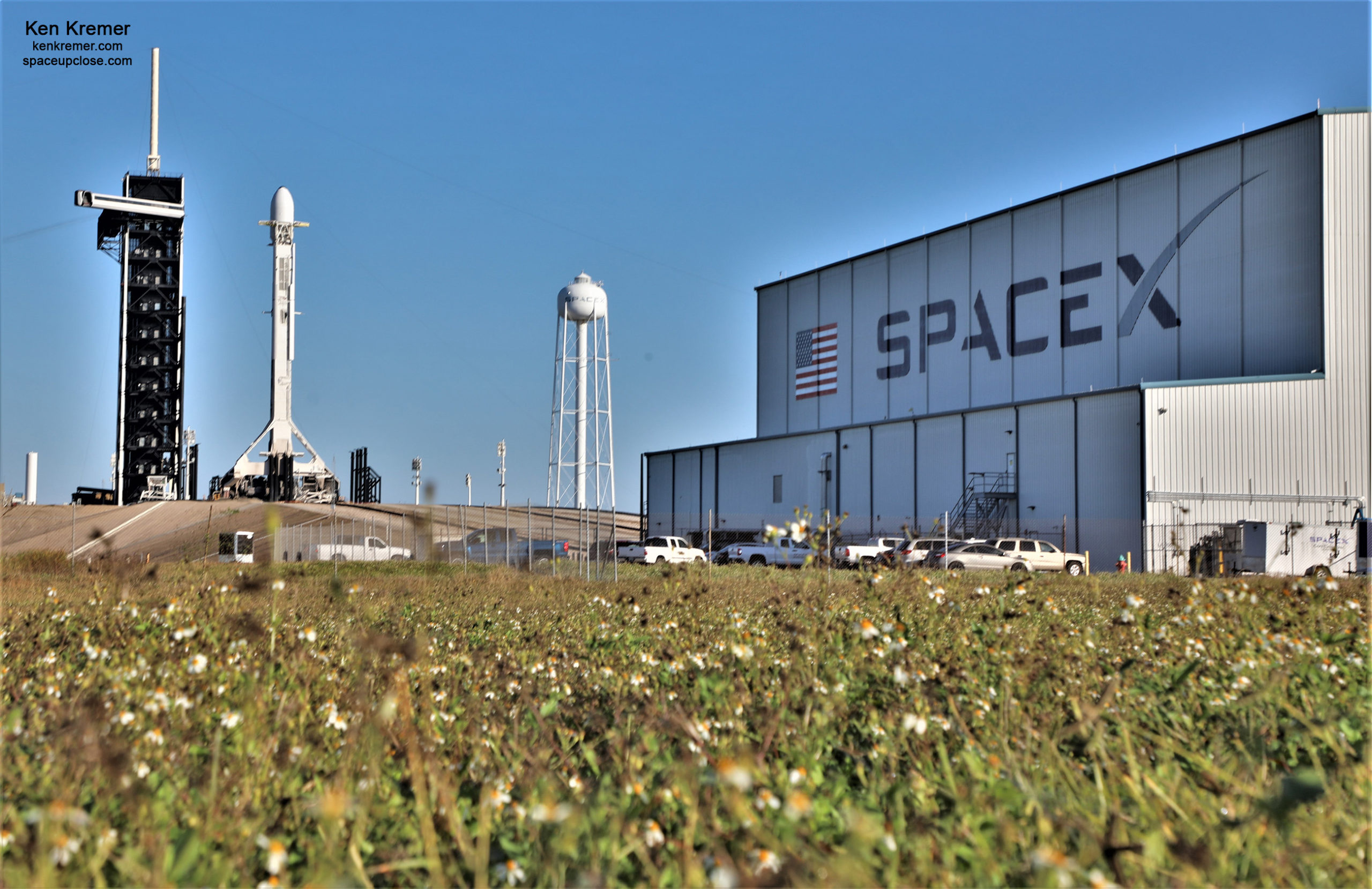
Although IXPE is rather small in size like a refrigerator it has a big goal – 1st probe to study the polarization of X-rays coming to us from some of the universe’s most extreme sources, including black holes and dead stars known as pulsars.
IXPE promises to reveal hidden X-ray features of the universe’s most energetic objects like black holes and supernovae – and provide insight into our understanding of X-ray production in objects such as neutron stars and pulsar wind nebulae, as well as stellar and supermassive black holes,” according to NASA officials.
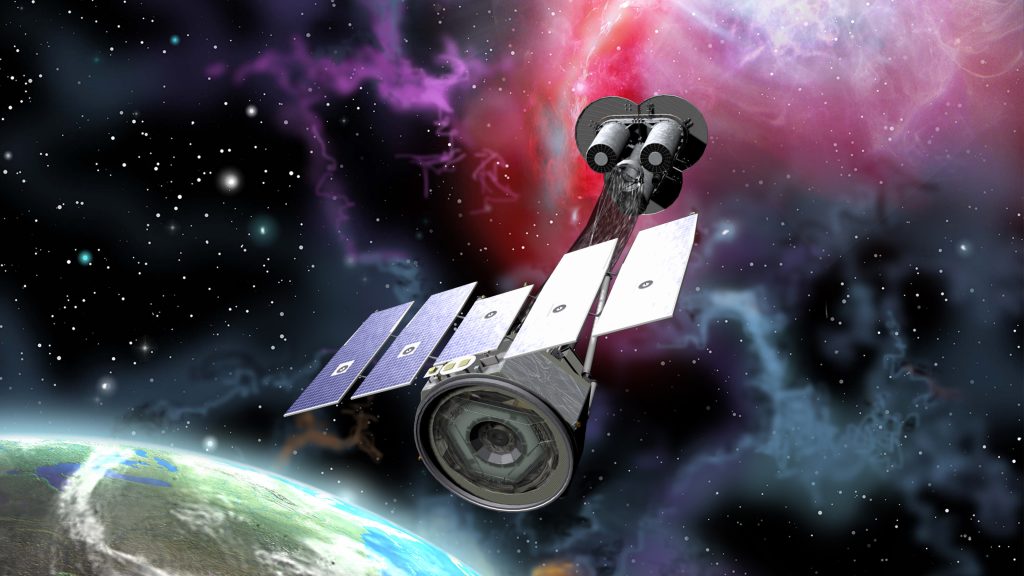
You can watch the launch live on NASA TV:
Live coverage of NASA’s Imaging X-Ray Polarimetry Explorer (IXPE) spacecraft launch from the agency’s Kennedy Space Center in Florida begins at 12:30 a.m. EST on Thursday, Dec. 9.
Tune in to NASA Television, the NASA app, or the agency’s website for a live broadcast – or stay right here NASA’s live blog to take you through the launch day events.
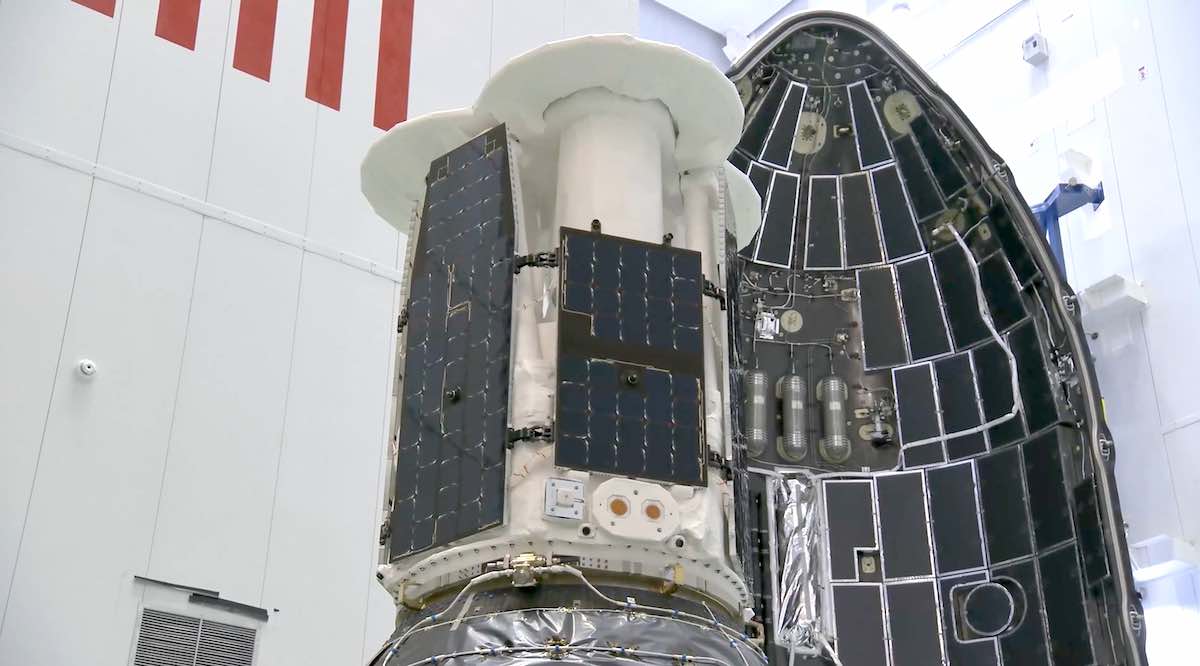
Weather officials with Cape Canaveral Space Force Station’s 45th Weather Squadron predict a 90% chance of favorable conditions for liftoff, with the cumulus cloud rule serving as the primary weather concern.
“We’re looking at just a very, very slight chance of a weather issue,” said Mike McAleenan, 45th Weather Squadron, Space Launch Delta 45, at a Dec. 7 media briefing.
“There will be winds out of the west, northwest, and just a slight chance of cumulus clouds to impact the area.”
The ‘flight-proven’ Falcon 9 rocket has flown four times previously including 8 NASA astronauts on the Crew-1 and Crew-2 mission to the International Space Station (ISS), the SXM-8 geostationary comsats and the CRS-23 resupply mission to the ISS most recently this past August.
“This booster has launched eight astronauts, three dragon capsules and one geostationary spacecraft,” said Julianna Scheiman, SpaceX’s director of civil satellite missions, at the Dec. 7 media briefing.
“Reusability is key to lowering the cost of launch, which in turn enables greater investment and scientific research.”
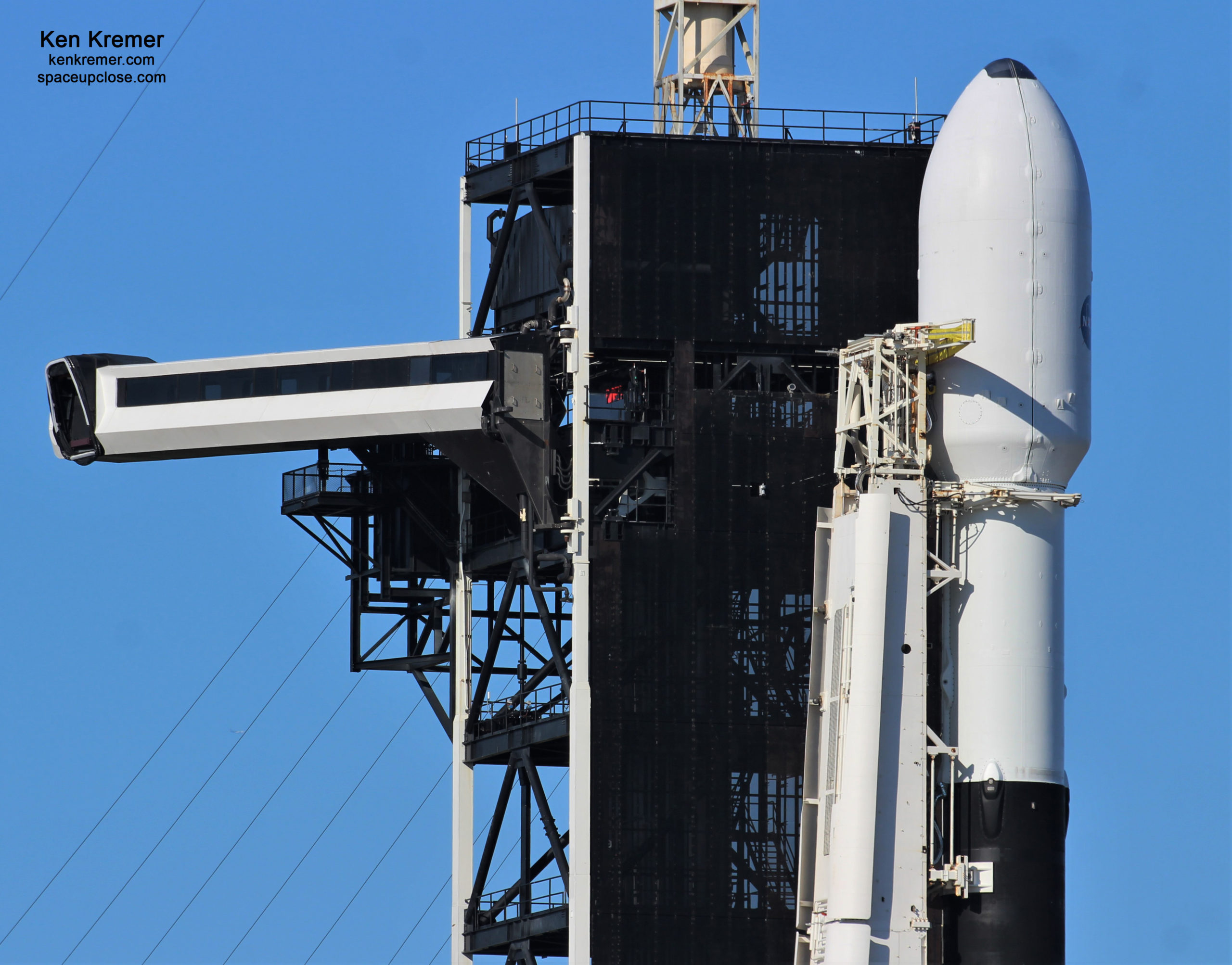
After launching IXPE into space, the booster will be brought back and landed on the SpaceX drone ship “Just Read the Instructions” (JRTI) off the coast of Florida.
Enjoy our UpClose photos of the SpaceX Falcon 9 hosting IXPE taken by Ken Kremer for Space UpClose during our media remote camera setup this morning, Wednesday, Dec. 8.
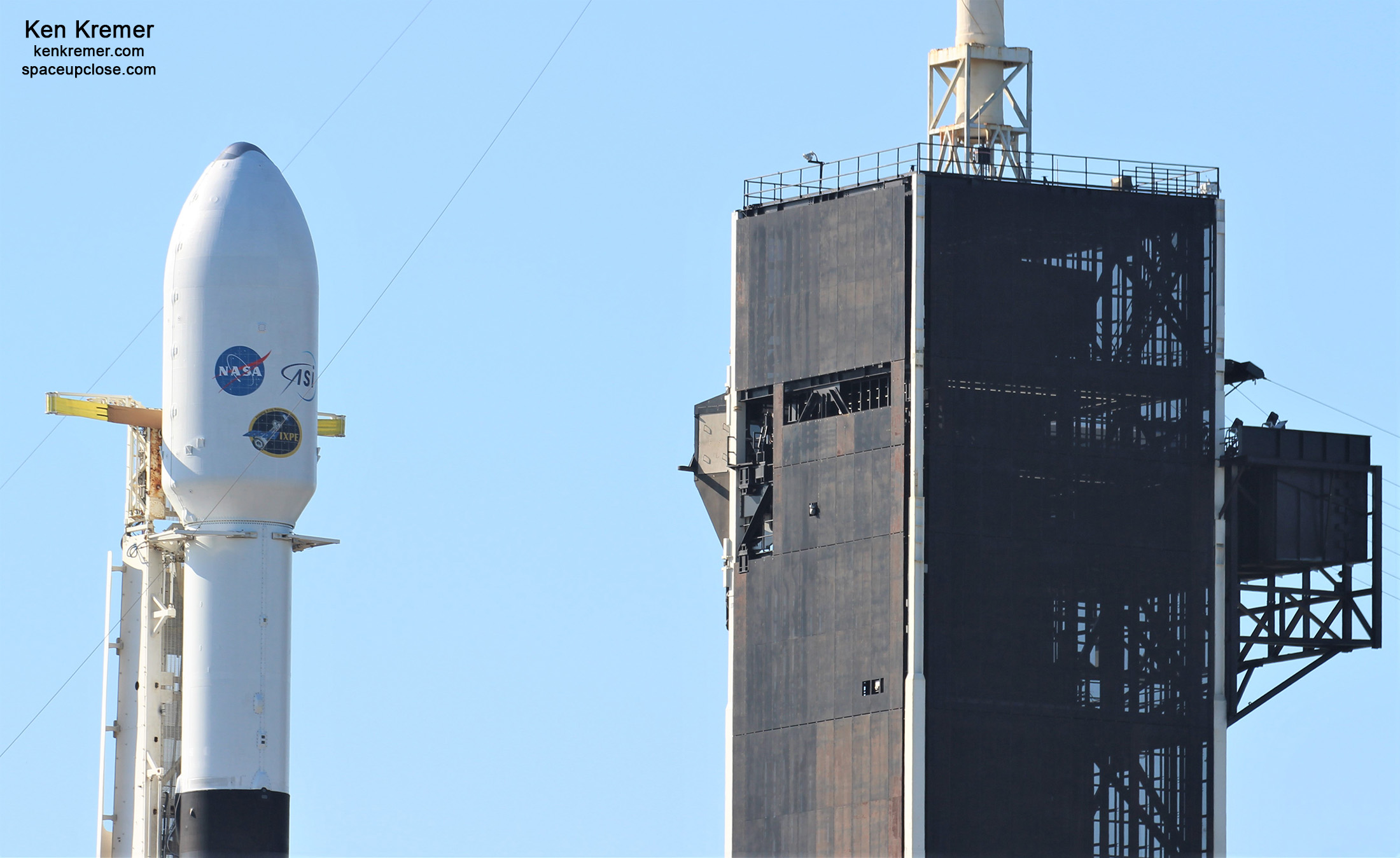
The IXPE spacecraft includes three space telescopes with sensitive detectors capable of measuring the polarization of cosmic X-rays, allowing scientists to answer fundamental questions about extremely complex environments in space where gravitational, electric, and magnetic fields are at their limits.
The Imaging X-ray Polarimetry Explorer – IXPE – mission is set to launch Dec. 9 at 1am ET. In space, #IXPE will explore the leftovers of exploded stars, black holes, and more by looking at a special property of light called polarization. Learn more: https://t.co/4CHfVjf1PN pic.twitter.com/wVDjLyAR0U
— Thomas Zurbuchen (@Dr_ThomasZ) December 9, 2021
The project is a collaboration between NASA and the Italian Space Agency.
IXPE is NASA’s first mission dedicated to measuring X-ray polarization.
Learn more about IXPE in this NASA video:
Video Caption: Meet NASA’s Newest Set of X-ray Eyes on the Universe. The Imaging X-ray Polarimetry Explorer mission is set to launch Dec. 9, 2021 on a Falcon 9 rocket from NASA’s Kennedy Space Center in Florida. In space, IXPE will explore the leftovers of exploded stars, black holes, and more by looking at a special property of light called polarization. Credit: NASA
The Falcon 9 will launch on a highly energetic trajectory to place the low mass IXPE in a circular orbit at 600 km altitude and use a ‘dogleg’ maneuver to achieve a 0 degree inclination with respect to the equator
This will require most of the Falcon 9s fuel and prevent a landing at the launch site
NASA selected IXPE as a Small Explorer mission in 2017.
The IXPE project is a collaboration between NASA and the Italian Space Agency. NASA’s Marshall Space Flight Center in Huntsville, Alabama manages the IXPE mission. Ball Aerospace, headquartered in Broomfield, Colorado, manages spacecraft operations with support from the University of Colorado at Boulder.
NASA’s Goddard Space Flight Center in Greenbelt, Maryland, manages the Explorers Program for the agency’s Science Mission Directorate in Washington.
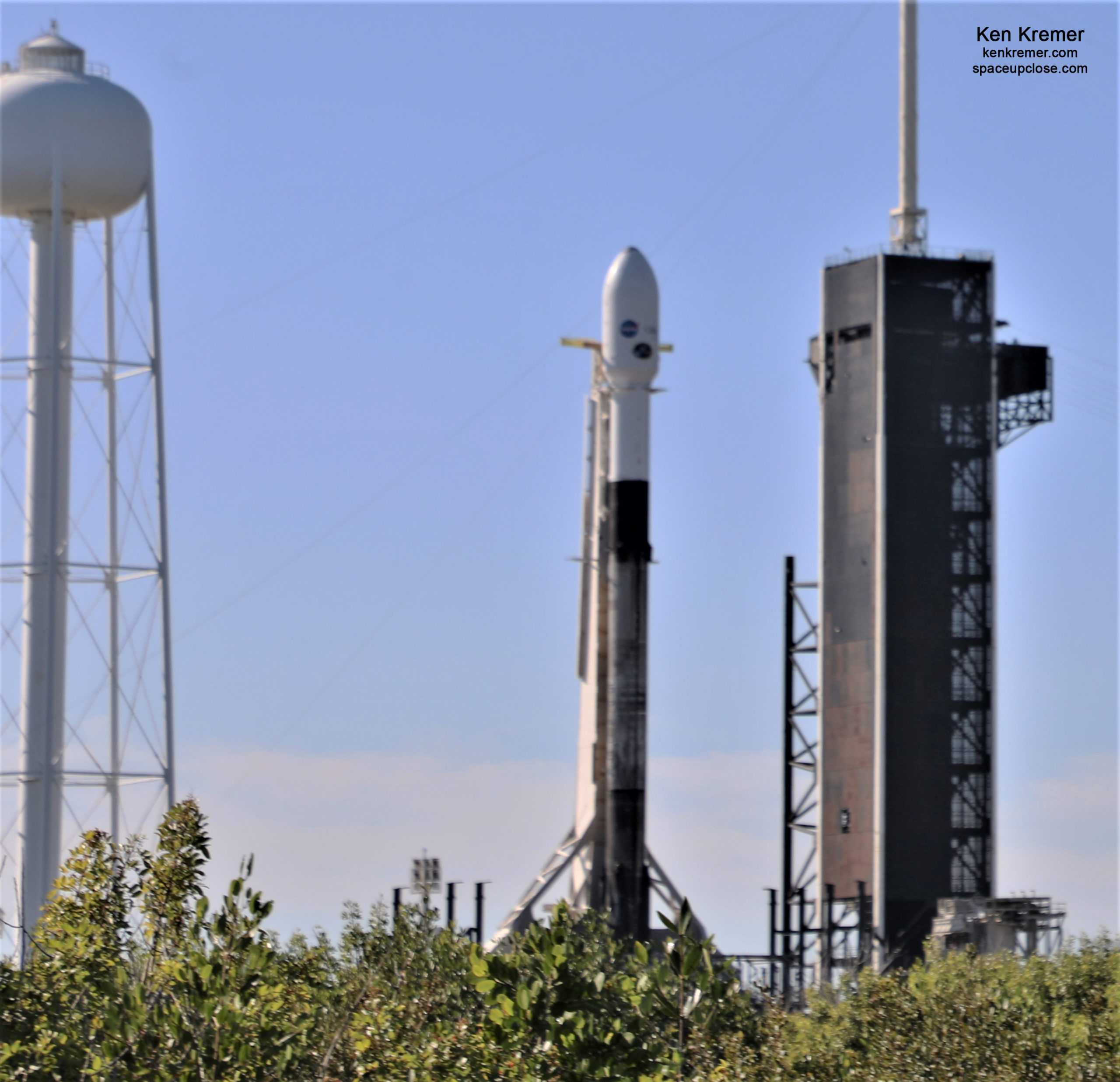
Watch Ken’s continuing reports about IXPE, DART, National Security missions SpaceX Crew and Cargo Dragons, Artemis, SLS, Orion and NASA missions, Lucy Asteroid mission, SpaceX Starlink, Blue Origin and Space Tourism, Commercial Crew and Starliner and Crew Dragon and onsite for live reporting of upcoming and recent SpaceX and ULA launches including Crew 1 & 2 & 3, ISS, Solar Orbiter, Mars 2020 Perseverance and Curiosity rovers, NRO spysats and national security missions and more at the Kennedy Space Center and Cape Canaveral Space Force Station.
Stay tuned here for Ken’s continuing Earth and Planetary science and human spaceflight news: www.kenkremer.com –www.spaceupclose.com – twitter @ken_kremer – email: ken at kenkremer.com
Dr. Kremer is a research scientist and journalist based in the KSC area, active in outreach and interviewed regularly on TV and radio about space topics.
………….
Ken’s photos are for sale and he is available for lectures and outreach events
Please consider supporting Ken’s work by purchasing his photos and/or donating at Patreon:
https://www.patreon.com/kenkremer
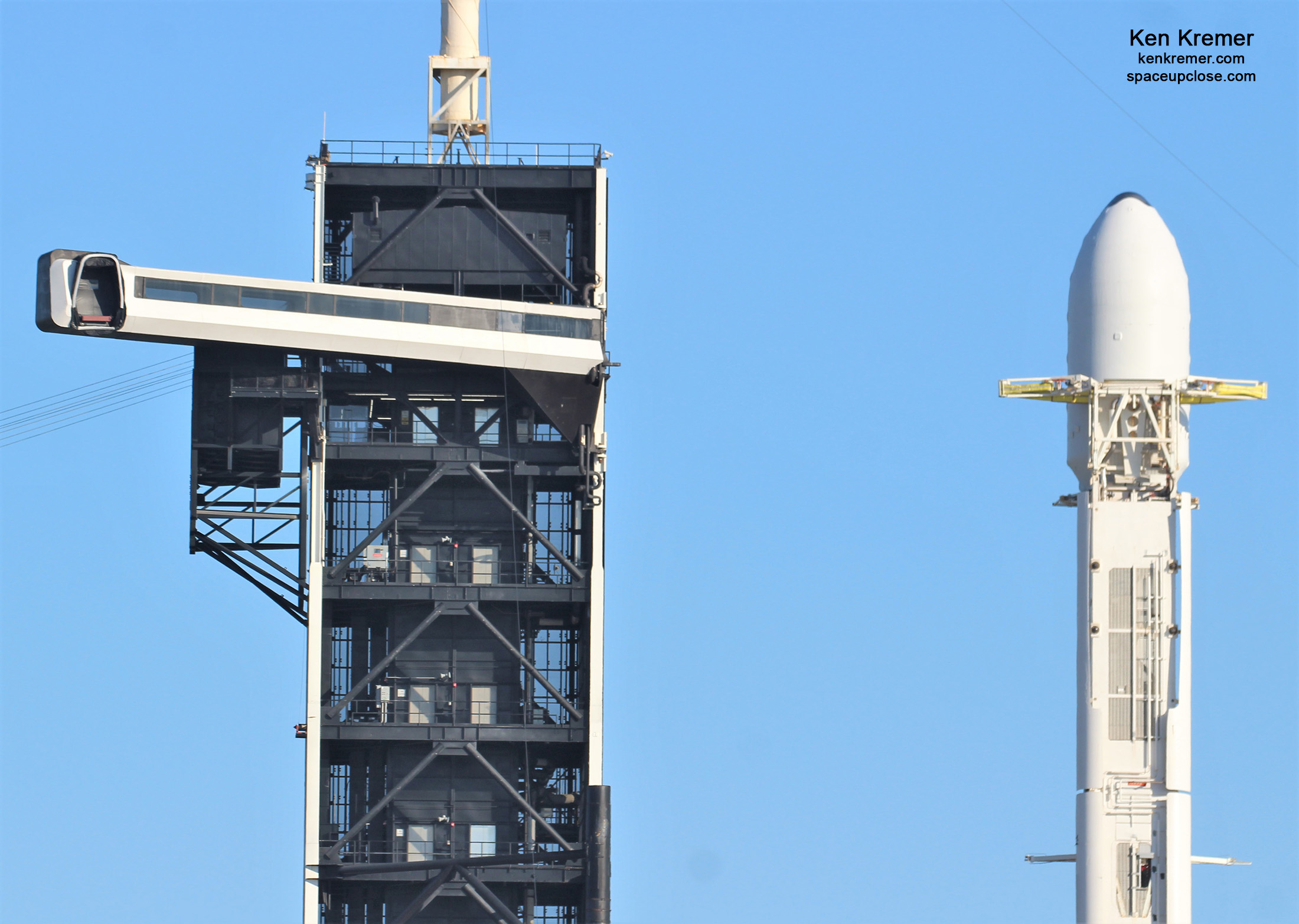
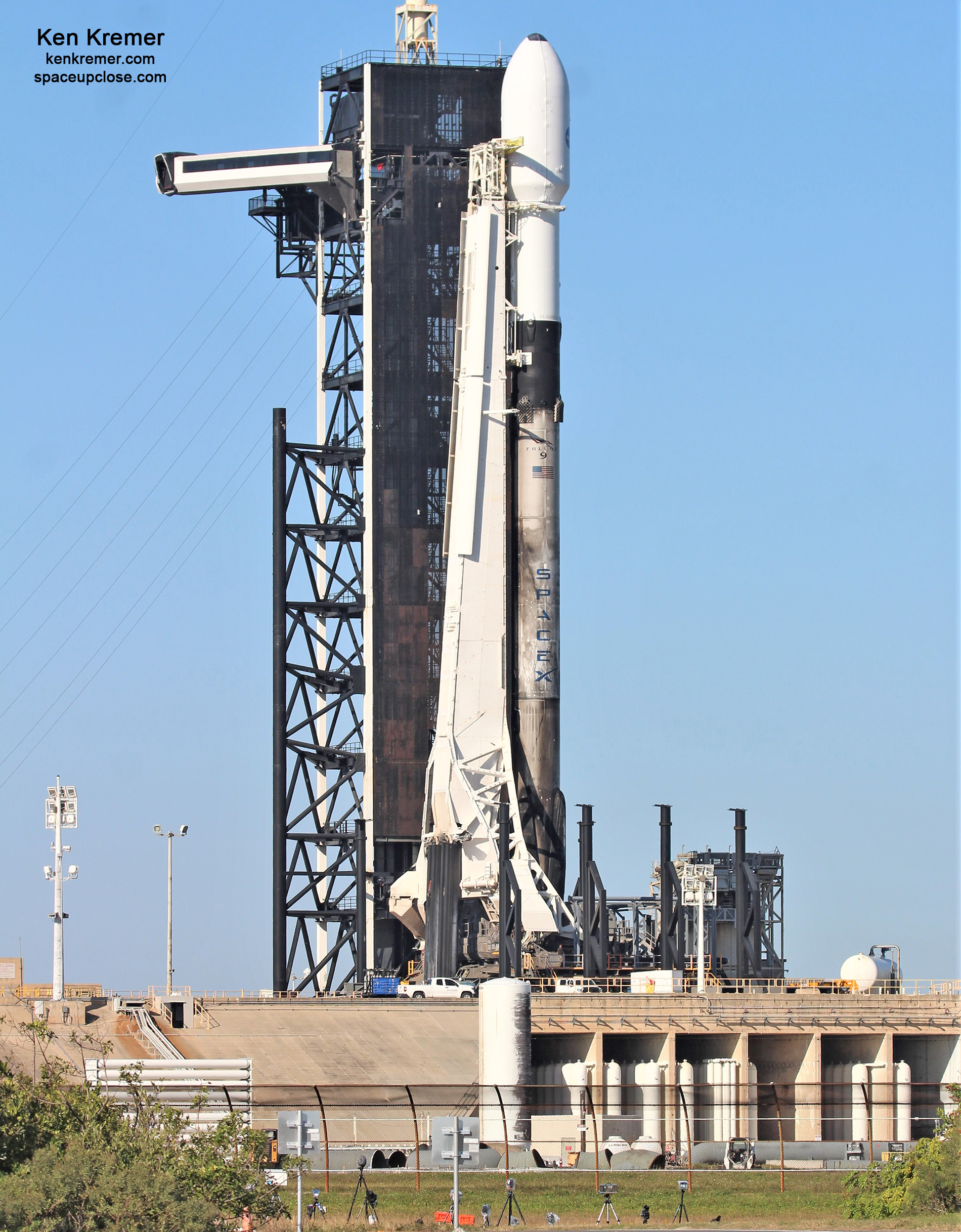
x


